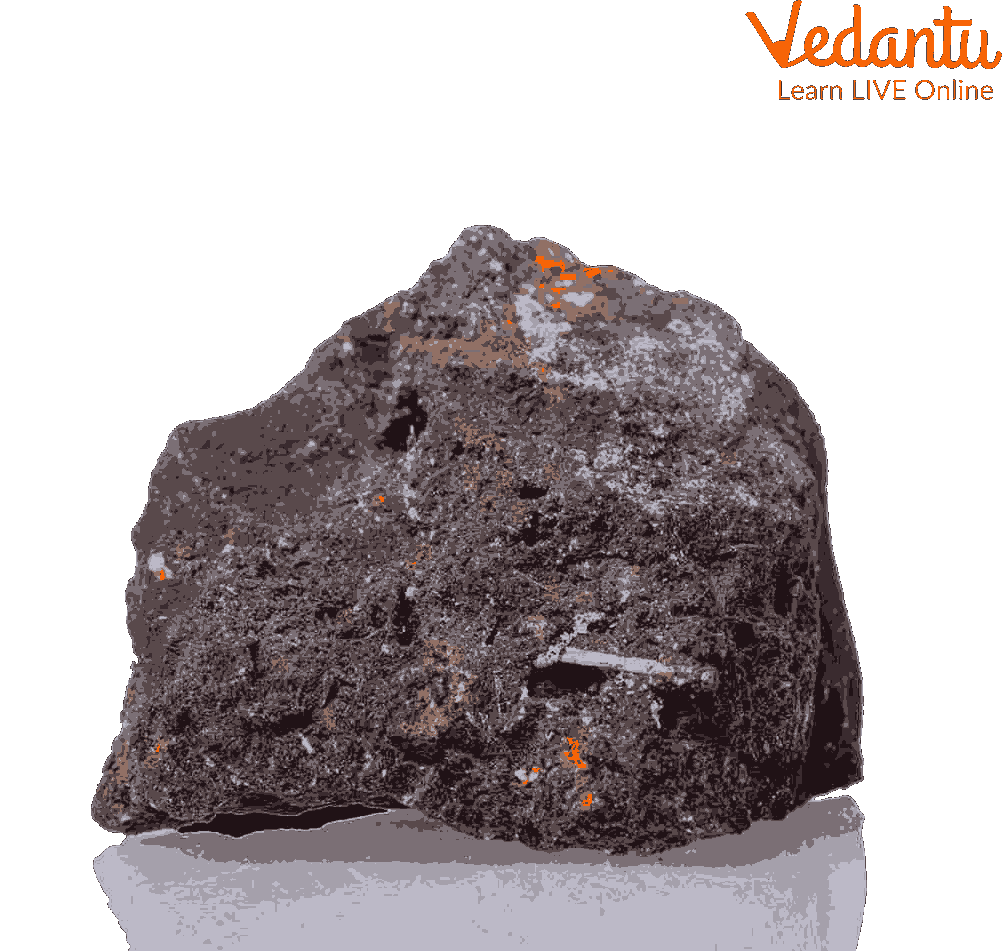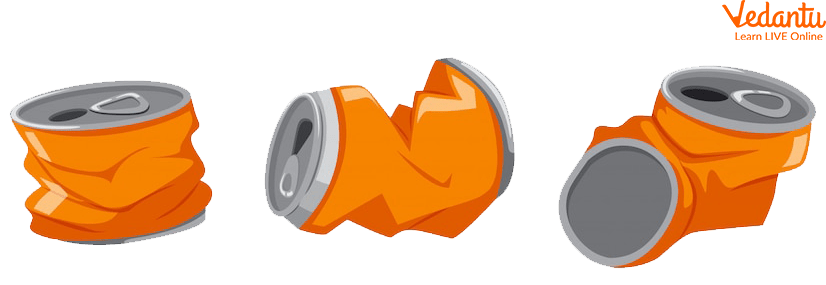




What is Tin? - An Introduction
Tin can be bent by hand with minimal effort because it's soft enough to cut with little force. Due to twinning in tin crystals, the "tin cry" can be heard when bent; indium, cadmium, zinc, and mercury in solid form also exhibit this characteristic. Tin is a delicate silvery-white metal that melts quickly and is very light. It's a soft metal, and that's why it's mixed with other metals.

An Isolated Solid Tin.
About Tin
The mineral cassiterite is the source of the soft, silver-blue metal known as tin. It is a base metal frequently used to make alloys with other metals. The most popular tin alloys are bronze and pewter. Tin has two primary oxidation states, +2 and the somewhat more stable +4, and has chemical properties with both of its neighbours in group 14, germanium and lead.
Properties of Tin
It is a soft, malleable metal with a bluish-white colour and an atomic number of 50.
According to estimates, tin makes up about two parts per million of the earth's crust.
Water and oxygen have little impact on the tin at room temperature. Additionally, it is corrosion-resistant. It is used as a coating for other metals because of this.
When the metal reacts with oxygen and water at higher temperatures, it produces its oxide.
Uses of Tin
Tin is used in the soldering of steel.
It is also employed in producing other alloys, including copper and bronze.
Glass, ceramics, and sensors employ it as a reducing and colouring agent.
It works in the shipping sector as an antifouling chemical for ships and boats to shield them from barnacles.
It also finds use in battery electrodes, such as those used in Li-ion batteries.

Two Tin Cans, Which are Smaller Than the Other.
5 Uses of Tin in Daily Life
Tin is being used in various ways, such as for making alloys.
Since it has strong corrosion resistance, it is utilised in tin plating, coating, and polishing.
It is frequently employed in the production of steel food containers.
Superconductive wires are produced using tin alloys.
Most window glass is manufactured by floating molten glass over the molten tin to create a flat surface.
Most tin is utilised as an alloy with other metals like lead or zinc or as a protective coating.
Tin is used in glass production, bearing alloys, coatings for steel containers, solders for connecting pipes or electrical/electronic circuits, and other tin chemical use.
Tin Coated Metals
Tin plating is frequently used to defend against corrosion, oxidation, and erosion when exposed to the environment. Copper and other metals don't react as much. Plating the tin onto the metals prevents corrosion.
Tin plating is an industrial procedure where a thin layer of tin is applied to metal items.
Steel, iron, and copper are just a few of the many base metals that can be processed using this method.
Conclusion
Tin has likely been most useful historically in producing bronze, an alloy of copper, tin, and other metals that brought about the Bronze Age and altered civilization. Compared to zinc, copper, and lead, which have abundances of 94, 63, and 12 parts per million (ppm), tin is a relatively rare element with a 2 ppm abundance in the earth's crust. Placer deposits are used to make the majority of the world's tin, at least half of which originates in Southeast Asia.
FAQs on Uses of Tin
1. How is tin obtained?
The mineral cassiterite (SnO2) is the primary sn element source, extracted in a carbon furnace by road cassiterite. Only 0.001% of the Earth's crust is made up of the element sn, mainly mined in Malaysia. At temperatures higher than 13.2 °C, the grey Sn element slowly transforms into the white Sn element, the second type of Sn element.
2. Why is tin essential?
Sn is a protective covering element for other metals and prevents corrosion. Steel can be used to create an Sn element. A small layer of Sn element is put to the can's inside and outside to stop rusting.
3. What is the Sn element used?
Sn element (Sn), a chemical compound from the carbon family and group 14 of the periodic chart (IVa). The ancients knew this smooth, silvery-white metal as bronze, which has a bluish Sn element Ge. Sn element is frequently used in soldering, metals for bearings, and stainless containers for food storage.









